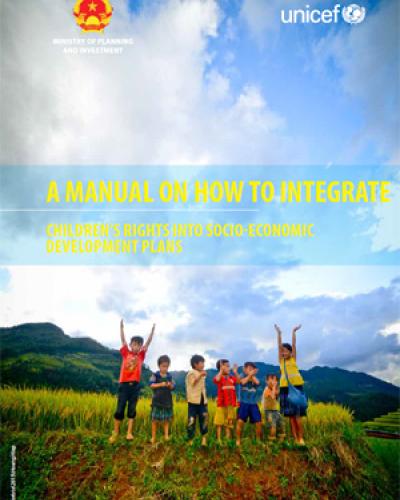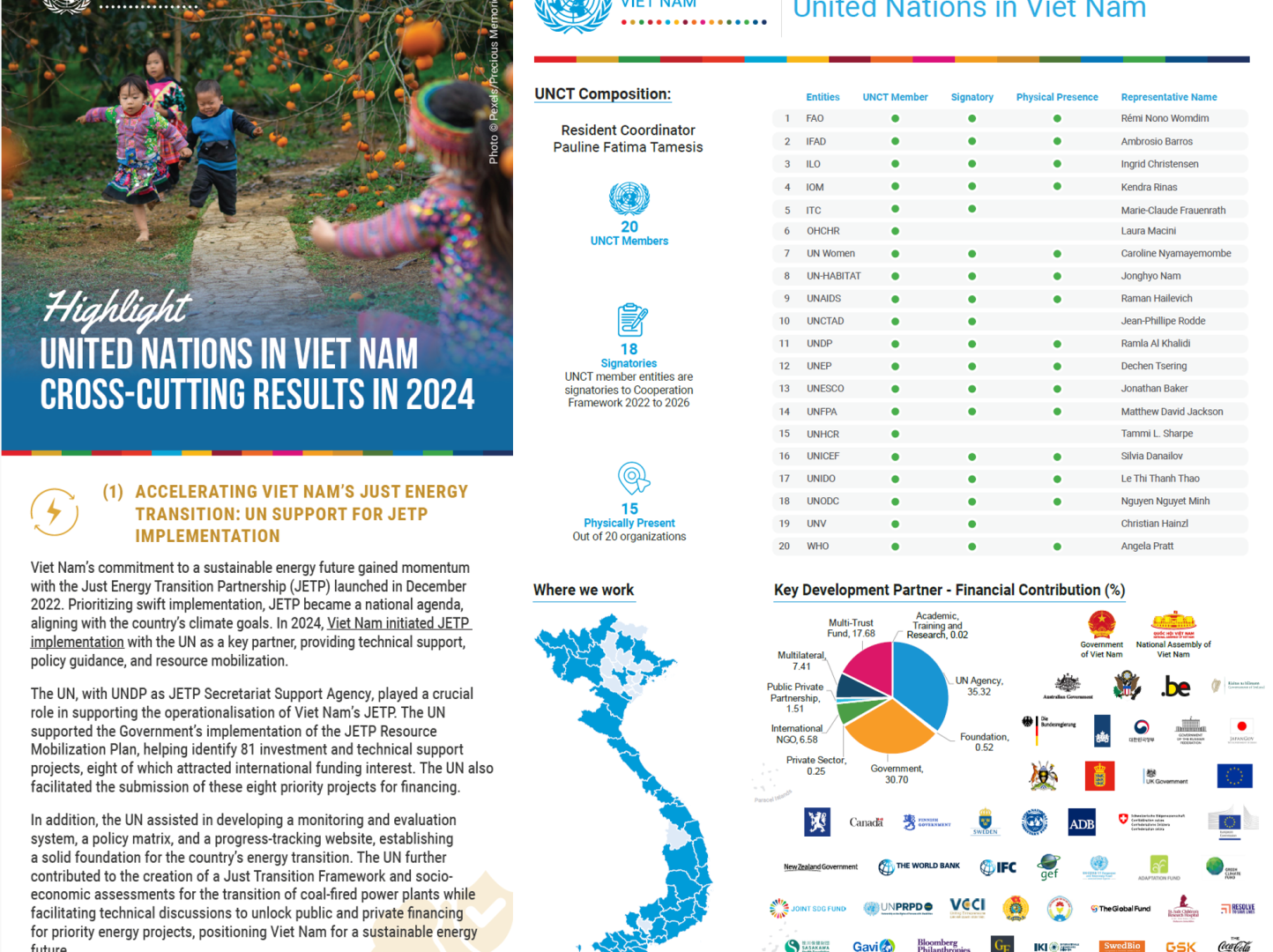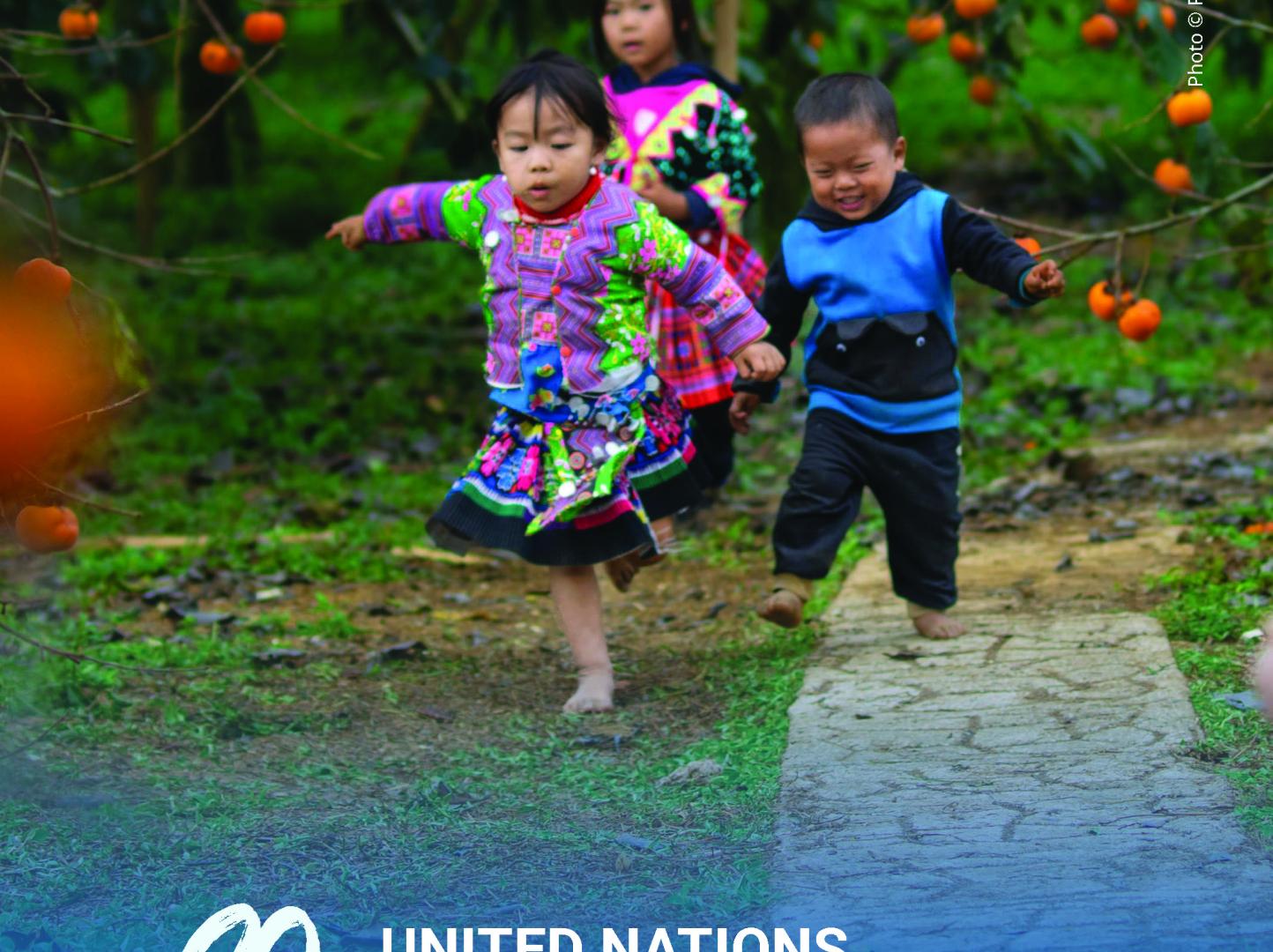A manual on how to integrate children’s rights into socio-economic development plans

Children are special citizens. They are both physically and intellectually young and fragile, so they cannot defend their rights by themselves and therefore mainly depend on their caregivers. The rights of children should be considered when determining the obligations and responsibilities of adults, families, schools, the state and society.
Therefore, for many years the international community has asked countries to ensure that all development efforts support the achievement of the goals related to human development, especially the development of children. On the 20th of February 1990, Viet Nam became the second country in the world and the first country in Asia to ratify the UN Convention on the Rights of the Child (CRC). Early ratification of the convention shows that the Communist Party and the State are interested in the implementation of children’s rights. On the 5th of March 1991, the chairman of the Council of Ministers signed the “Declaration of the World Summit for Children” and on the 18th of August 1991 Viet Nam National Assembly promulgated the “Law on Protection, Care and Education of Children.”
Accordingly, the rights of children and the responsibility of the state, families and society were institutionalized by law. Policies for children were implemented along with strategies and plans for socio-economic development plans.







